By Chris Steinauer, Cohort Three
Happy Pride from one of Cohort Three’s queer residents! I’m glad The Educator Academy asked me to speak on what Pride might mean to one queer educator. The best part of being a teacher within the wide LGBTQ spectrum is knowing that to some of your students, you are the representation you may have never had. You can be a positive, loving, and supportive representation of freedom to that student. You can show a student that it’s okay to be queer, and it’s okay and safe to embrace that about yourself.
But that’s not always reality. Often times, it’s neither okay nor safe to embrace yourself at school. Those within education don’t have a real frame of reference for understanding what it might be like to be a queer teacher, or a queer student. I wish I were more comfortable being an out gay man in education. I wish I could tell my students that my “roommate” is really the love of my life. More than that, I wish schools were truly safe spaces for our children: for our girls, for our transgender kiddos, for our boys and for all of the students in the U.S. who wish they could feel a sense of Pride at school.
Queer students, and queer teachers, need more support from other teachers, and from administrators. Allies, in short, must do the work to create safe, loving communities for all children to be themselves, to be comfortable with one of many facets of who they are. We must recognize that having a particular sexuality or gender identity is part of what defines who we are. Whether you think about it or not, it’s part of who you are. Shouldn’t our students be able to embrace that about themselves? I knew you’d agree with me.
While you and your friends are celebrating Pride this month, think about how you can help improve the culture of your school next year. Find genuine ways to talk about sexuality and gender. Read some young adult books that have queer topics. Lift up celebrities and historical figures who were part of the queer rights movement when celebrating Black History Month and Women’s History Month. In short, normalize being queer by talking about it. If you want your school to be a healthier space for all of your children next year, take Pride in being an ally.


